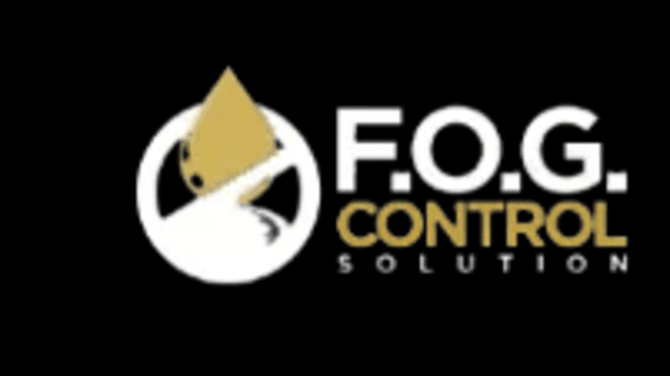In sectors where visibility and safety are paramount, fogging control systems play a crucial role. These systems are used across various industries to manage and reduce fog formation, ensuring clear visibility and a safer environment for workers, machinery, and even livestock. Here’s an in-depth look at how fogging control systems work, the different types available, and the benefits they bring to challenging environments.
What Are Fogging Control Systems?
Fogging control systems are specialized setups designed to prevent or reduce the buildup of fog and condensation in industrial, commercial, and agricultural settings. Whether it’s an indoor greenhouse, a warehouse, or a food processing plant, fog can obstruct visibility and create slippery surfaces, posing a significant risk to operations and safety. Fogging control systems mitigate these issues by maintaining optimal humidity and temperature levels, often using fans, heaters, or dehumidification technology.
Key Applications of Fogging Control Systems
Fogging control systems are beneficial in many environments, including:
- Greenhouses and Agriculture: These systems help maintain controlled humidity levels, preventing excessive moisture that can lead to fungal growth, reduced crop yields, or diseases in plants.
- Food Processing and Storage: In cold storage or food processing plants, fogging control ensures clearer visibility, reducing the risk of slips and contamination.
- Factories and Warehouses: In high-traffic industrial areas, these systems help maintain clear pathways, preventing accidents and machinery malfunctions due to excess moisture.
- Automotive and Aerospace Facilities: Maintaining clear visibility in spray painting booths or other production areas is critical for quality and safety in automotive and aerospace manufacturing.
- Aquariums and Livestock Facilities: By managing condensation, fogging systems ensure stable environments and prevent potential health risks to animals.
Types of Fogging Control Systems
The type of fogging control system suitable for an environment depends on specific needs like temperature, humidity control, and visibility requirements. Here are some common types:
- Dehumidification Systems: These systems remove moisture from the air, reducing condensation that can lead to fogging. Dehumidifiers are widely used in warehouses, cold storage rooms, and food processing plants.
- Heating Systems: By raising temperatures to reduce relative humidity, heating systems prevent fog formation. These systems are often used in automotive facilities and other manufacturing settings.
- Ventilation Systems: Powerful fans and ventilation setups help circulate air, preventing fog from settling. These are especially useful in greenhouses, where airflow is necessary to maintain optimal conditions for plant growth.
- Fog Dispersal Fans: Specially designed high-speed fans are used in areas where fast dispersal of fog is essential, such as spray painting booths or areas with rapid temperature changes.
Benefits of Fogging Control Systems
Implementing fogging control systems in industries and workplaces comes with multiple advantages:
- Enhanced Safety: Reduced fog means less risk of slips, machinery malfunctions, and other accidents in the workplace.
- Improved Productivity: Clear visibility leads to better workflow, more efficient operations, and fewer disruptions in industrial and agricultural environments.
- Protection of Equipment and Products: By controlling humidity and preventing condensation, fogging systems help extend the life of sensitive equipment and maintain product quality.
- Environmental Control: Especially in agriculture, fogging control helps maintain optimal conditions for crops and livestock, leading to better yields and healthier animals.
Choosing the Right Fogging Control System
Selecting an effective fogging control system depends on the unique needs of your environment. Here are a few factors to consider:
- Climate and Humidity Requirements: Assess the natural humidity levels and temperature in your area, as well as the sensitivity of your materials or processes to these factors.
- Space and Layout: Consider the size and layout of the area, as some systems are better suited to large, open spaces, while others are ideal for smaller, enclosed areas.
- Cost and Maintenance Needs: Evaluate the cost of initial installation and maintenance requirements. Some systems may require regular servicing to ensure peak performance.
- Energy Efficiency: Look for systems that are energy efficient, especially if they’ll be running continuously or in areas where temperature and humidity fluctuate frequently.
Conclusion
Fogging control systems are an invaluable asset in maintaining clear visibility and ensuring safety in environments where moisture and humidity can pose a hazard. From agriculture to manufacturing and beyond, these systems offer a tailored solution to reduce risks, enhance productivity, and create a more stable and controlled atmosphere. By choosing the right fogging control system, you can ensure a safer, more efficient environment for workers, machinery, and any other assets in your operation.
